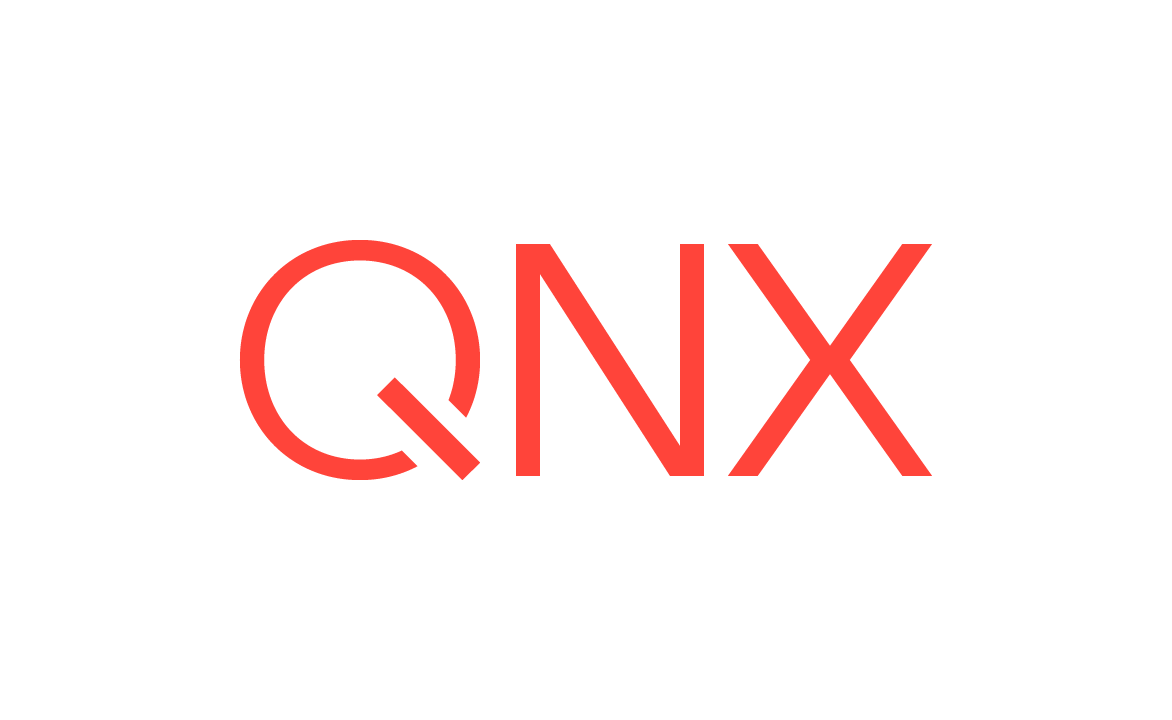Manifest Reports & File Lookup
Using the QNX Software Center, you can create manifest reports for any QNX Software Development Platform (SDP) installation, or for any QNX target image that resides on your target hardware or development host.
Overview
A manifest is a plain text file that lists metadata (i.e. properties) for the files found in an installation or a target image. This information can, for example, help you determine:
- which subsystem a file belongs to
- whether the file comes from QNX or another source
- whether the file is modified or corrupted
- whether the file is eligible for distribution in a runtime system
- whether the file contains open source software (OSS)
- the software maturity level of the file (See Package status)
The information provided by a manifest can help you perform software compliance audits. For example, a manifest can help you identify the subsystems on your target that require a production licensing agreement, or the licenses that apply to various components.
The QNX Software Center can generate or import manifests and then export them into useful reports. To save you time, the QNX Software Center provides several predefined report templates. You can use any template as is, or you can quickly customize it by adding, removing, sorting, or rearranging metadata fields. As an added benefit, the QNX Software Center exports reports in CSV (comma-separated values) format, so it's easy to process them with your existing data analysis and office productivity tools, such as Microsoft Excel.
You can create a manifest report for:
- an installation or directory on your development host
- a QNX target image that resides on a physical target
- a QNX target image that resides in a directory on your development host—this option is useful, for example, when target hardware isn't yet available or if you're evaluating the QNX Software Development Platform (SDP).
The myQNX server maintains the latest properties (release status, OSS compliance, etc.) for each file supplied by QNX. To create some reports, the QNX Software Center compares these server-defined properties to the scanned properties of the actual file on your host or target. If a server-defined property and its corresponding scanned property don't match, the report flags the mismatch.
This matching can be critical to determining whether, for example, a file on your host or target has been corrupted. Thus, we recommend that you always use the QNX Software Center online when creating reports.
If you have to use the QNX Software Center offline, you can still compare server-defined properties against scanned properties by importing your manifest into the QNX Software Center Portal on the QNX website: https://www.qnx.com/swcenter/
